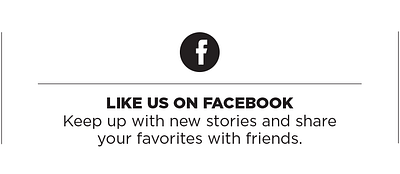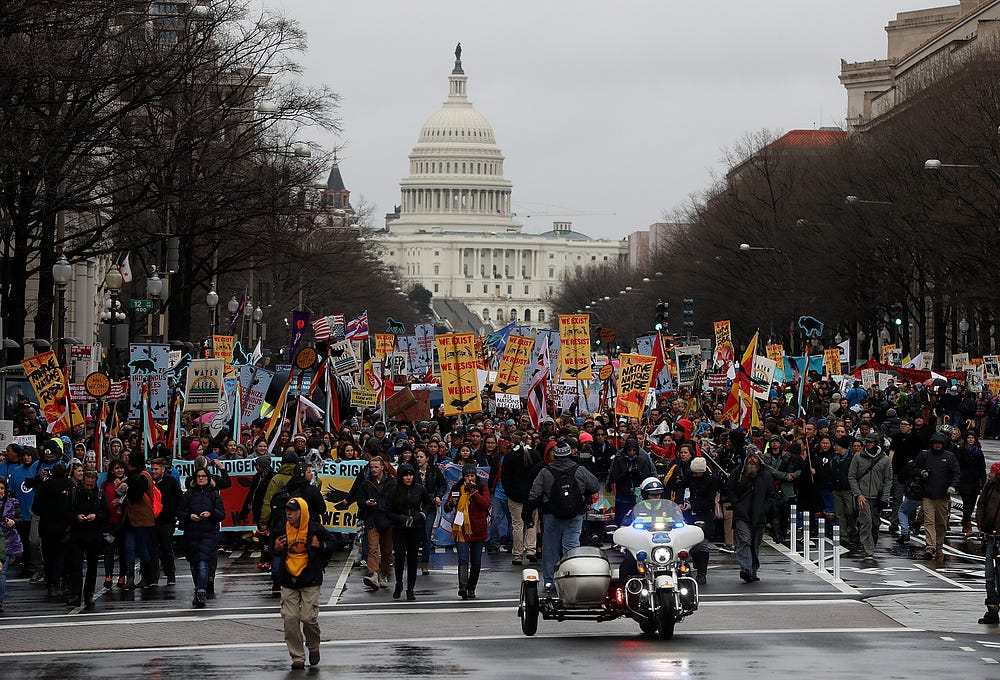Historically, state parties were the centers of partisan and campaign organization. When focus shifted to national contests and advertising, they were forced to reinvent themselves, and many are newly relevant.
By Seth Masket

Scott Gessler, Colorado’s former Republican secretary of state, recently criticized the state’s formal Republican Party in the Denver Post. He wants to know if the state party is relevant anymore:
By nearly every measurement since 2014, the Colorado Republican Party has had no impact on Colorado’s politics….
Republican voter registration is nonexistent. For the first time in decades, registered Democrats outnumber Republicans. Unaffiliated voters outnumber Republicans, too.
The voter turnout operation was absolutely minimal. Over a million dollars in 2014, it dropped to less than a tenth of that for the entire 2016 election.
When was the last time the Republican Party — or the chair of the Republican Party — actually mattered in a public policy debate? Aside [from] some desultory press releases, the state party hasn’t engaged and influenced the outcome of any issue.
The same goes for legislation. The one time last session the party weighed in on an issue — a change to the nomination process in order to forestall two ballot initiatives — legislators roundly ignored it.
Gessler is ostensibly weighing in on the state party’s contest for a new chairperson, but the critique is an important one. And it raises the question of what, exactly, a state party is supposed to do.
Historically, in the United States, the state parties were the centers of partisan and campaign organization. It was within the state parties of the 19th century that most of the important competition for nominations and ideas and most of the campaigning activity occurred. National party organizations barely existed at all for most of that century, and, when they did, it was largely to provide a space for state parties to coordinate their efforts in support of a presidential ticket.
https://psmag.com/the-future-of-redistricting-in-america-dc9557104275
The mid-20th century saw a substantial decline in the fortunes of state parties across the country. Civil service reforms deprived them of many of the patronage jobs they’d previously relied upon for labor, and an increasing focus on television advertising and national presidential campaigns led most of the money in politics to be sent and spent elsewhere.
Yet despite some of Gessler’s accusations, many state parties have grown more capable and relevant in recent decades. As Shannon Jenkins and Doug Roscoe report, state party organizations have become more institutionalized, hired specialized staff, established permanent headquarters, and become more reliable and professional organizations that can recruit, train, and support candidates.
Party organizations have rarely been successful in influencing debates. They’e more effective in molding policy by nominating candidates who support certain beliefs.
But even as the capabilities of state parties have increased, they’ve not necessarily become the loci of political activity they once were. American political parties have evolved over the centuries in a way that makes them unusually decentralized and networked organizations. The formal parties, whether we’re talking about the Republican National Committee or the Colorado Republican Party or the Democratic Congressional Campaign Committee or anything else, are only parts of larger party networks. They are important parts, to be sure, and they can do things that other parts of the network can’t, but just because they’re not doing something important doesn’t mean it’s not being done.
A decade ago, one of the more significant things the Colorado Democratic Party did was develop an alliance with a group of wealthy liberals known as the Roundtable and help channel their funds in a way that would help Democratic state legislative candidates. The formal party’s own capacity to affect those contests wasn’t great, but it could help coordinate larger efforts by the party network to improve the party’s performance in elections.
https://psmag.com/the-future-of-redistricting-in-america-dc9557104275
That episode highlighted two key tasks that formal parties tend to be good at:
-
Research
This includes identifying who their voters are and where they live, and figuring out which districts are competitive or could be in the near future and which candidates would be most able to capitalize on that. -
Channeling Resources
Parties control some of their own money and some federal party money, but they can also influence, via example and discussion, how other donors contribute. Formal parties are much more likely to assist in competitive races than other types of donors are.
Could the Colorado GOP be doing more? Possibly, but we should hold it to realistic standards. Gessler’s right that Republicans have lost their edge in voter registration in the state. But more Democrats than Republicans have been moving to the state in recent years, and independents have been gaining a share of voter registrants all across the nation, not just in Colorado. And, despite Gessler’s critiques, party organizations themselves have rarely been successful in influencing legislative debates. Usually they are far more effective in molding public policy by nominating candidates who support a certain set of beliefs and opposing the nomination of those who do not.
Yet it’s hard to disagree with Gessler’s main prescription that the party should do just a few things and do them competently:
Avoid things well beyond the party’s capability. Don’t think deep thoughts about policy. Don’t create that army of bloggers who will sit around in their basements and think up snarky Facebook comments. And don’t launch yet another project to develop the mother of all Big Data strategies that will be this year’s silver bullet. Stick to the basics.
Despite recent advancements, most state parties still operate in an environment of very limited resources. Formal parties don’t have to do everything. But they should recognize what they do that other parts of the party network don’t, and they should do those well.































